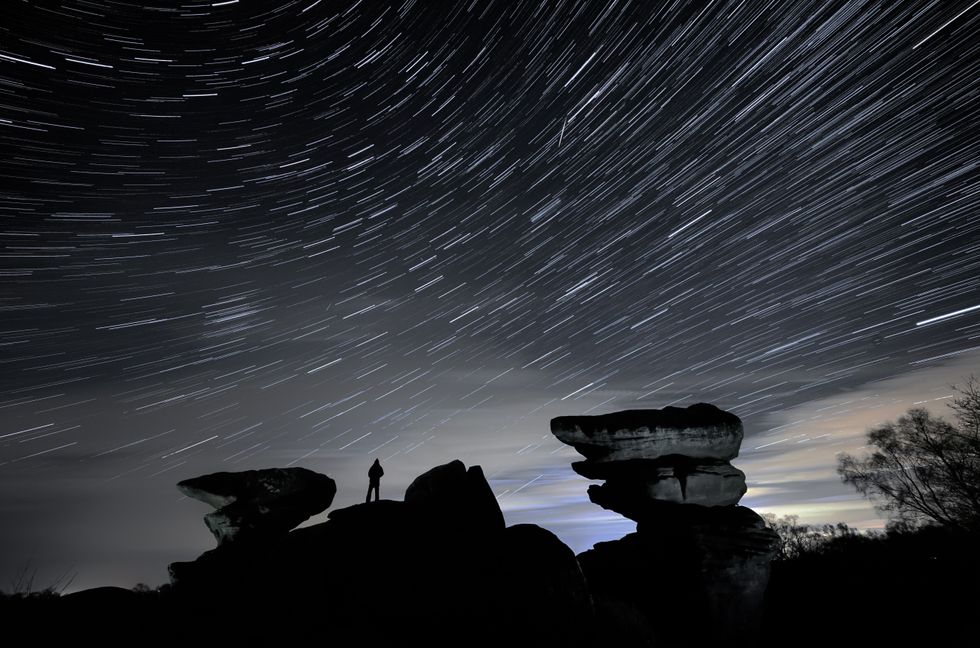



Tomorrow evening marks the climax of this year's Perseid meteor shower, potentially delivering one of 2025's most impressive astronomical spectacles.
The annual celestial event, renowned for producing brilliant, swift-moving meteors commonly called "shooting stars", will reach maximum intensity on Tuesday night.
While the display promises to be remarkable, astronomers warn that viewing conditions may be compromised.
The recent Sturgeon Moon, which reached full illumination on August 9, continues to cast significant light across the night sky. This lunar brightness threatens to obscure the dimmer meteor trails, potentially reducing the visibility of what would otherwise be a stunning natural phenomenon.
The meteors remain observable without telescopes or binoculars, though local weather conditions will significantly influence visibility.
These cosmic visitors originate from debris left by Comet Swift-Tuttle, which completes an orbit around the Sun every 133 years.
When Earth traverses the comet's dusty trail, particles penetrate our atmosphere at approximately 59 kilometres per second.
The extreme velocity causes them to incinerate, producing the luminous streaks visible from the ground.

A man watches a meteor
|PA (STOCK)
Historical observations of the Perseids stretch back almost two millennia, with early documentation found in ancient Chinese records.
The shower takes its name from the Perseus constellation, the apparent point from which the meteors seem to emerge.
This annual phenomenon has captivated sky-watchers throughout history, establishing itself as one of the most reliable and spectacular meteor displays in the astronomical calendar.
The shower's peak on August 12 to August 13 coincides with challenging lunar conditions.

Meteors are seen streaking across the Milky Way in the night sky in Bonar, Spain on July, 17. The annual meteor shower Perseids can be seen between the days of July 17 to August 24 of each year
|GETTY
Finn Burridge, Science Communicator at the Royal Observatory Greenwich, explains that optimal viewing typically occurs after midnight, with pre-dawn hours offering the best opportunities.
"This year's peak unfortunately lines up with a full moon meaning even in dark sky areas it will be impossible to see the full 100 meteors per hour," Burridge noted.
Despite this limitation, he remains optimistic: "However, [the Sturgeon Moon] is no reason not to go out and enjoy the shower - it is still likely that you will see at least 1 or 2 fireballs per hour, even with a full moon."
For those seeking darker conditions, Burridge suggests alternative dates between August 16 and 26, though meteor frequency will decrease.
"After the full moon is more likely the better time to view, since the Moon will rise later in the night, so I would recommend the peak nights as well as weekend of 16 and 17 August," he advised.
To enhance viewing opportunities, Burridge recommends finding locations with unobstructed horizons, free from buildings, vegetation or terrain that might limit visibility.
Observers should recline and gaze upward, as meteors may appear across any portion of the sky.
Urban light pollution significantly hampers visibility, making rural locations preferable.
Essential preparations include bringing water, ensuring mobile phones are charged, and informing others of viewing plans.
Patience proves crucial - eyes require approximately 20 minutes to adjust to darkness, and extended observation periods increase the likelihood of witnessing meteors.
